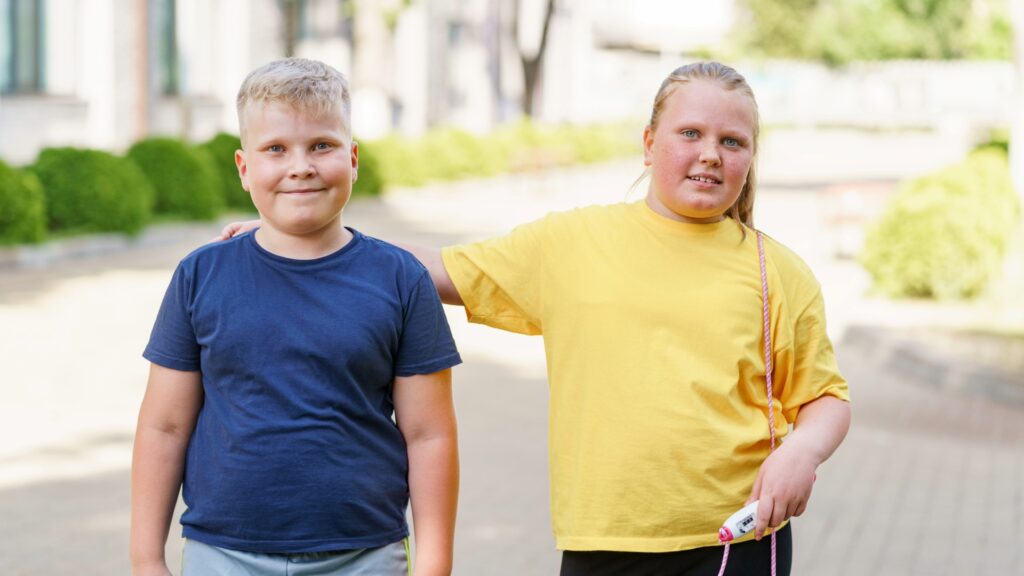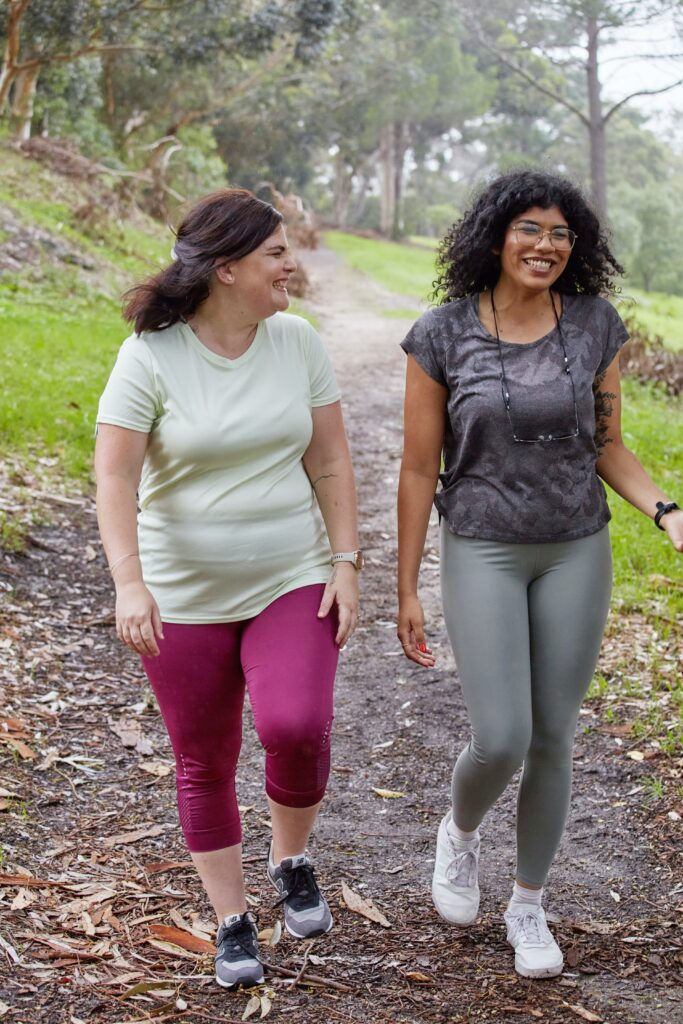Childhood cancer
Home / Childhood Cancer

Childhood cancer survivors
Exercise is important for long-term health and development among childhood and adolescent cancer survivors.
Cancer treatments are often accompanied by several late-adverse effects (LAE), which have the potential to contribute to the development of chronic diseases. Common LAE can include impaired growth, cognitive dysfunction, compromised cardiopulmonary and metabolic function, as well as musculoskeletal disturbances.
The Clinical Oncology Society of Australia (COSA) recommend that exercise should be part of standard practice in cancer care and is a safe and effective intervention to counteract many of the adverse physical and psychological effects of cancer and its treatment. In the past, both youth and adults were advised to recover in bed and rest as much as possible. Current recommendations encourage exercise to commence shortly after treatment.
Why it's important to exercise during cancer treatment
Exercise prescribed for children and adolescent cancer survivors needs to be tailored to their individual needs, taking into consideration fatigue levels, overall deconditioning, balance, limb loss, medication side-effects, etc.
It’s important that exercise programs be initially supervised to ensure safety, appropriate intensity and motivational compliance.
- Many lose the confidence to return to previous physical activity or school sport due to reduced confidence, often due to no longer being as fit or skilled and coordinated as their peers due to time lost with treatment. Other barriers can include reduced fitness levels, physical fatigue, and decreased enjoyment due to enhanced exertion.
- Carer and parent/guardian family support is important in assisting the child to regain their confidence in returning to activity.
- Clearance should be gained by the oncologist or haematologist before returning to sport.
- Participation in exercise and physical activity with play is a great way to enable children to have something they can control and enjoy to help improve their health and outcomes.


What can an Accredited Exercise Professional help with?
Tailored exercise interventions by an Accredited Exercise Physiologist (AEP) to increase level of physical activity can improve:
- developing motor skills (such as jumping, bending, running, skipping)
- physical deficits as a result of cancer therapy (such as muscular pain and fatigue)
- quality of life
- anxiety and lost confidence
- the risk of future health problems associated with the cancer, or treatment
- encouragement for socialisation (engaging and playing with friends)
Recommended types of exercise
- Children should aim to gradually increase their activity levels over time, this will help build up tolerance to exercise, and fatigue will reduce as the child moves more.
- Children can participate in 60 minutes of physical activity per day.
- Strength exercises should be completed for 20 minutes on 2 to 3 days per week to build up deconditioned muscles.
- Flexibility and movement exercises, also known as range of motion exercises, should be completed daily and before and after physical activity.
- Children should limit their leisure-based screen time to 2 hours per day.
- Aim to reduce sitting time across the day; get up and move around, dress self and perform all normal activities of self-care and movement to get back to a healthy, happy and active life.

Frequently asked questions
What is an Accredited Exercise Physiologist (AEP)?
An Accredited Exercise Physiologist (AEP) is an allied health professional that prescribes individualised exercise therapy to help people manage their chronic conditions, disabilities, long-term injuries and so much more. They are the most qualified professionals in Australia when it comes to the prescription safe and effective of exercise therapy.
Who should see an AEP?
Anyone who wants to move safely and improve their health can benefit. From chronic conditions to injury recovery, or simply wanting advice on how to exercise right, an exercise physiologist is the expert to see.
Is an AEP covered by Medicare or private health insurance?
Yes. As allied health professionals, exercise physiology services are recognised in government health funding including Medicare, National Disability Insurance Scheme (NDIS) and Department of Veteran’s Affairs (DVA), workers’ compensation and private health insurers. It’s important that you check with your provider as coverage can vary.
Where can I find an AEP?
Use recognised directories like Exercise & Sports Science Australia (ESSA), ask your GP or look for allied health clinics with AEP credentials.
You may also like

Exercise and cancer – what are the benefits?
February 4th is World Cancer Day. In the vast realm of cancer, where uncertainties loom and treatments abound, one powerful tool often gets overlooked – exercise. Let’s redefine our perspective on exercise as a method of treatment and shed light on its safe and impactful role in cancer management! When it comes to exercise and […]
How much exercise do kids need to be healthy?
We know physical activity is important for everyone – kids included! But do you know how much activity is appropriate for you child? What kinds of activities your child should be involved in? How you can encourage a child who doesn’t like sports or gym class to still be active? Let’s answer these questions (and […]

Exercising with Autism: What Parents Need to Know
The incidence of Autism Spectrum Disorder (ASD) is on the rise. As the number of cases diagnosed increases, so to does the interest in the health and well-being of those living with ASD. Research supports the benefits of exercise for autism. Studies have highlighted the need for effective exercise interventions for children and adolescents with […]
